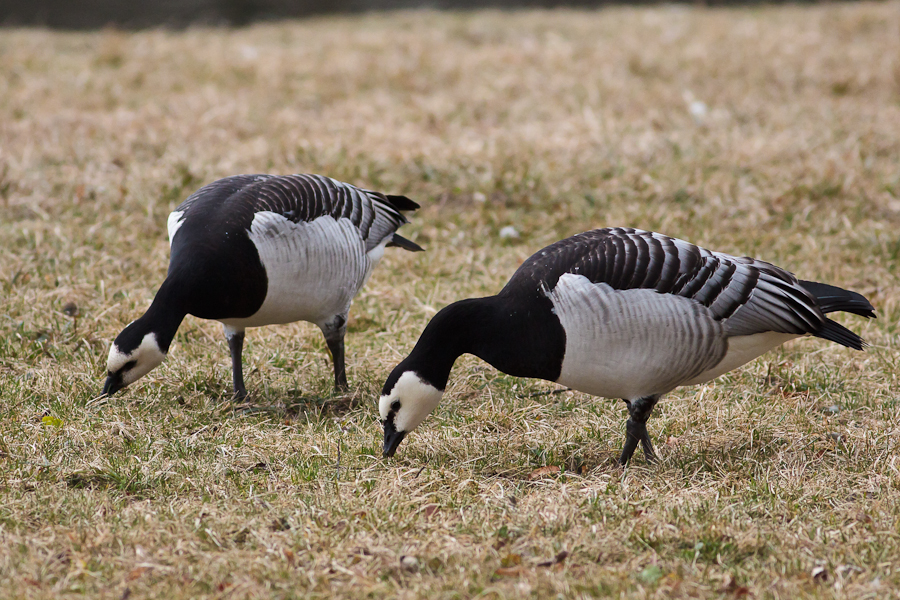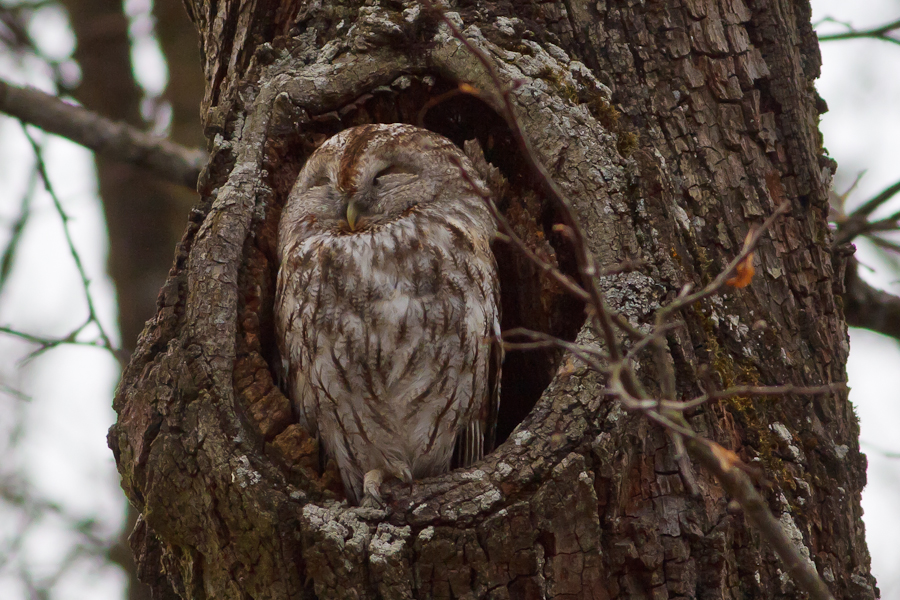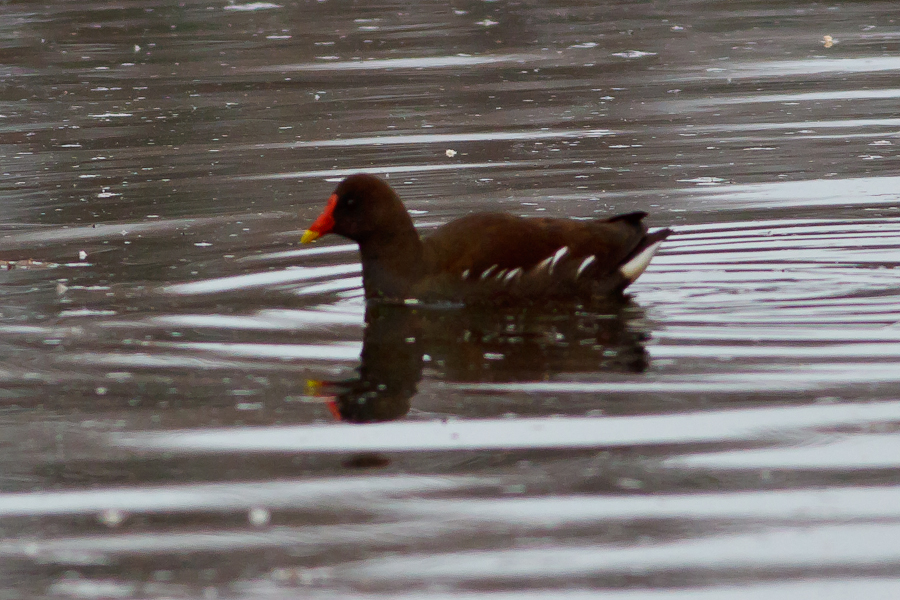#532-534 at Schlosspark Nymphenburg
I woke up Sunday about 7 AM local time, so jetlag was effectively over after less than a day. Hooray for melatonin! I had a solid breakfast with quite a lot of sausage including Weisswurst at the hotel. Then I grabbed a tram outside the central station to the Botanic Gardens. At least I thought that’s where it was going but it turned the wrong way down Bayerstrasse so I had to hop off at the next stop and catch it going back the other direction.
Nonetheless I got to the Botanic Gardens around 10 AM. Almost immediately as soon as I entered I heard an unfamiliar song and spotted the bird, a Green Finch, not a lifer but the first one I’ve seen in several years. A little further in, I heard another unfamiliar song, and this one did prove to be a lifer, number 532, Green Woodpecker. He did not hang around for a photograph though.
I spent the next couple of hours exploring the Botanic Gardens in depth and racked up a nice list of species including Great Spotted Woodpecker, Carrion Crow, Great Tit, Eurasian Blue Tit, Eurasian Nuthatch. European Robin, Eurasian Blackbird, and Common Chaffinch. By 12:15 or so I had thoroughly covered the grounds a couple of times so I exited out the back and headed into the much larger Schlosspark Nymphenburg.
The park is the grounds of an old 19th century castle so, while it does have a couple of hundred wooded acres, it also has several hundred acres of mowed lawns and man-made canals and ponds. And what would a European castle be without ducks, swans, coots, and geese? Usually in an urban European park like this, the geese are Graylag geese, but here they were Canada Geese and some funny looking smaller geese. Oh my God, those are Barnacle Geese!

This has been a nemesis bird for a little while now. I’ve made repeated trips to attempt to find vagrant Barnacle Geese in New York and New Jersey over the last couple of years with no success, most recently in the Bronx in November. Now the question arises whenever you see a bird like this in a city park, is a truly wild or is it simply part of a collection? Given that Munich is a few hundred miles out of the range expected for Barnacle Geese, it seems unlikely that these got here under their own power. However, it was a large flock, and they did seem to be free flying. None had leg bands or appeared to be restricted in any way. I suspect they’re feral, but I’m going to count them, at least until I can get to Britain or Iceland at the right time of year to find definitively wild Barnacle Geese.
By this point I was getting a little peckish, and the table service restaurant at Schloss Nymphenburg looked a little fancy for me, so I walked back to the cafeteria in the Botanic Gardens. While I was enjoying my sausage and torte, a raptor flew across the garden directly in front of me. It was on the small side, perhaps about the size of a large Sharp-shinned Hawk, and at this time of year that doesn’t leave a lot of options. The most likely by far seems to be the Hen Harrier, but it’s hard to be sure. The hawk landed in a large evergreen behind the Botanisches Institut so I quickly bussed my tray and headed down there to see if I could relocate it. Unfortunately, it had landed in a section of the garden that was closed off and I was not able to spot it again. For today, that’s the bird they got away.
After lunch and the fruitless search for the hawk, I returned to Schloss Nymphenburg and began a long traverse around the grounds. First I walked down the center aisle past the Pagodenburger See and then back up around the pond. This pond contained a number of waterfowl species I hadn’t seen previously including Gadwall and the inevitable feral Graylag Geese.
After circumnavigating the pond, I found feeders somebody had set up in a couple of places along the east side of the park. These were attracting the usual collection of tits and very briefly what was probably a single Eurasian Treecreeper. I tried to get a photograph of this one, because it’s really hard to distinguish from the closely related Short-toed Treecreeper, but I didn’t succeed. Other birds found at the feeder included Chaffinch, Eurasian Nuthatch, and Great Spotted Woodpecker.
I eventually reached the west end of the park and then began a loop around the southern edge toward the Grosser See. for the most part, though, the area was pretty bird less aside from a few Carrion Crows and some more of the same waterfowl in the canals. It seems funny now that although there were birdfeeders set up my entire time in Germany I did not encounter anybody else walking around in the parks with binoculars. Either I was just going to the wrong places or Münchners just aren’t that interested in watching birds. However, just east of the Grosser See, I ran across a small group of three photographers with monopods and big lenses. I followed the line of sight of their lenses to see what might have brought them to this strange location, and what should be sitting there like an owl and a hole in a tree! A quick check of my field guide identified it as a Tawny Owl, my first ever European owl.

I continued my circumnavigation of the park, and eventually made my way out through the front of the castle where I added my final species for the day, a lone Black-headed Gull that flew over the large pond in front of the castle. I then got thoroughly lost looking for a tram or an S-Bahn to take home. I later learned that I should have just walked straight out in front of the castle, but unfortunately my guidebook was less than clear and sent me off on a very roundabout path that took me back through the park twice, through another park (the Hirschgarten), and then eventually out to the S station. I did eventually get back to the hotel, but next time I am definitely getting a SIM card for my Android that lets me use Google maps.
Schlosspark Nymphenburg was not the birdiest place I’ve been, but any day with three life birds is a good one. My total species count for this trip and Germany now stands at 31. The total day list has 25 birds:
- Eurasian Blue Tit
- Mallard
- Carrion Crow
- Common Chaffinch
- Common Merganser
- Common Pochard
- Canada Goose
- Eurasian Blackbird
- Eurasian Coot
- European Greenfinch
- Eurasian Nuthatch
- European Robin
- Great Tit
- Green Woodpecker
- Great Spotted Woodpecker
- Crested Tit
- Barnacle Goose
- Tufted Duck
- Graylag Goose
- Mute Swan
- Tawny Owl
- Gadwall
- Eurasian Treecreeper (probable)
- Common Moorhen
- Black-headed Gull
Monday through Friday I have to work so birding time is likely to be limited to nonexistent. I may get some chance to spend a little more time in the English Garden if the weather’s nice. Next weekend though, I want to get somewhat further afield and get out of urban Munich. If the weather cooperates, I’m thinking about heading down to the Ammersee.
Update: a few months later the American Ornithological Union has split Common Moorhen into 2 species, Common Gallinule (Gallinula cachinnans) in North America and Common Moorhen, (Gallinula chloropus) in Europe so this actually got me #541 as well.

I didn’t think much of it then, but now it counts as a new life bird.
